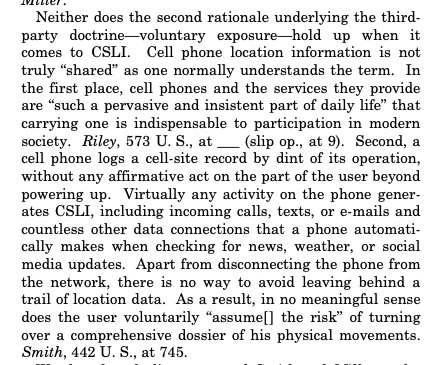*better, more nuanced understanding of the best historical precedent for the type of economic mobilization proposed by GND. 4/
now, the federal government did play more of a leading role in the wartime economy than we are used to (esp. post-Reagan). but it did not centrally plan all (or even most) facets of the economy. 5/
did the feds manage industrial supply chains? yes (but only to ensure that factories had the materials they needed.)
but was private industry at the table helping to make these decisions? 10/
SOUNDS LIKE SOCIALISM TO ME. 14/
we did it before. we can do it again. 17/
whew. sorry. still a sensitive subject.







